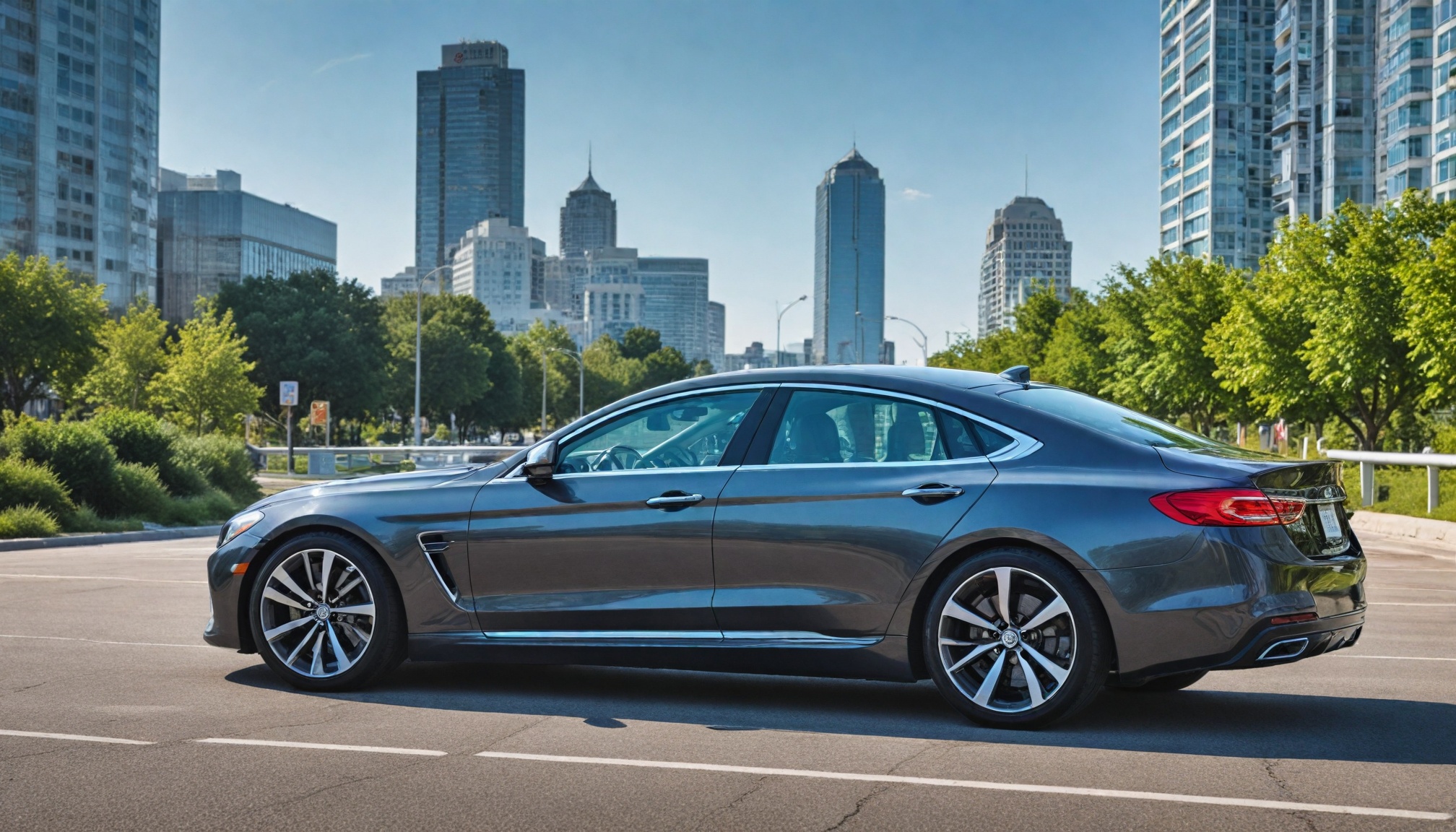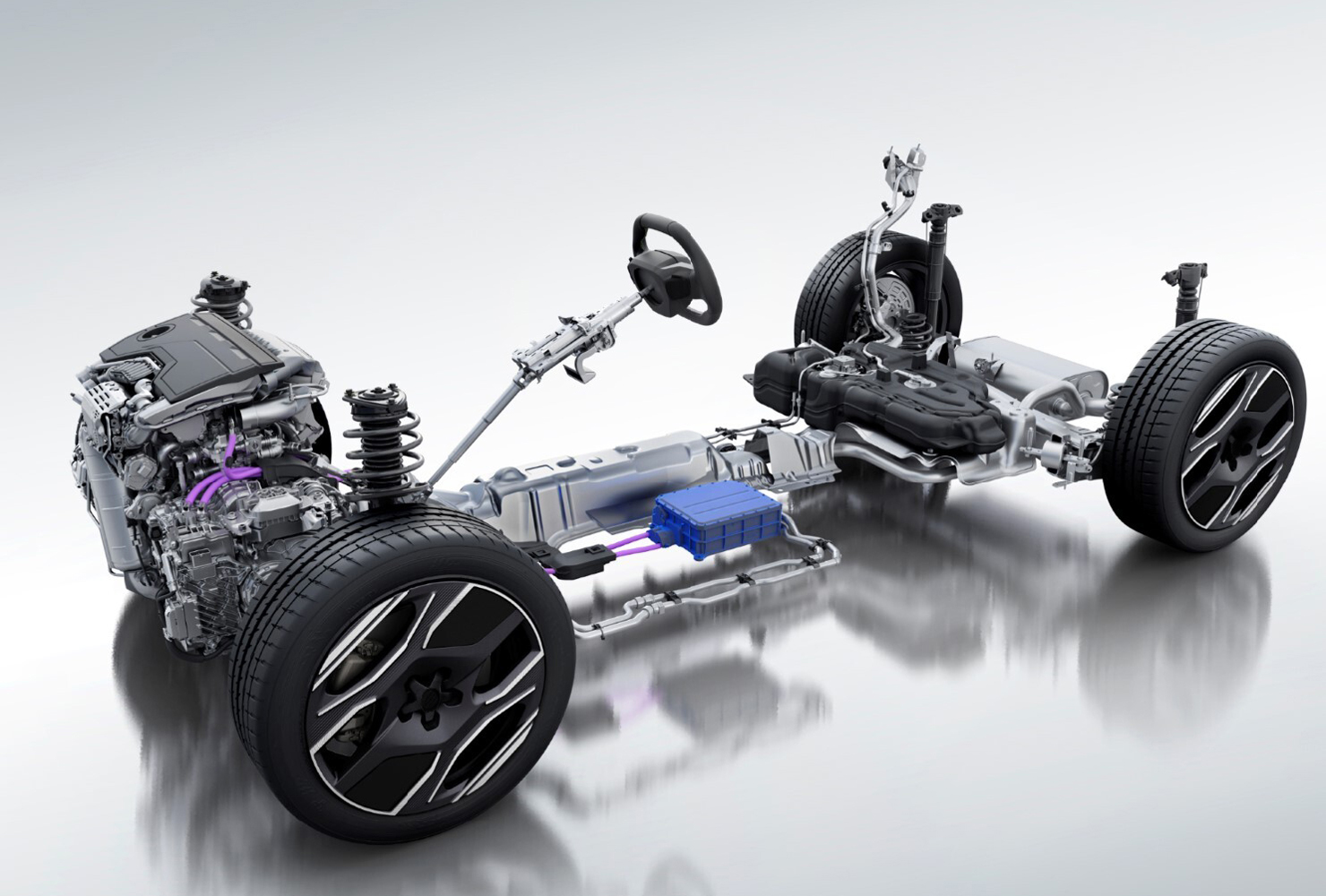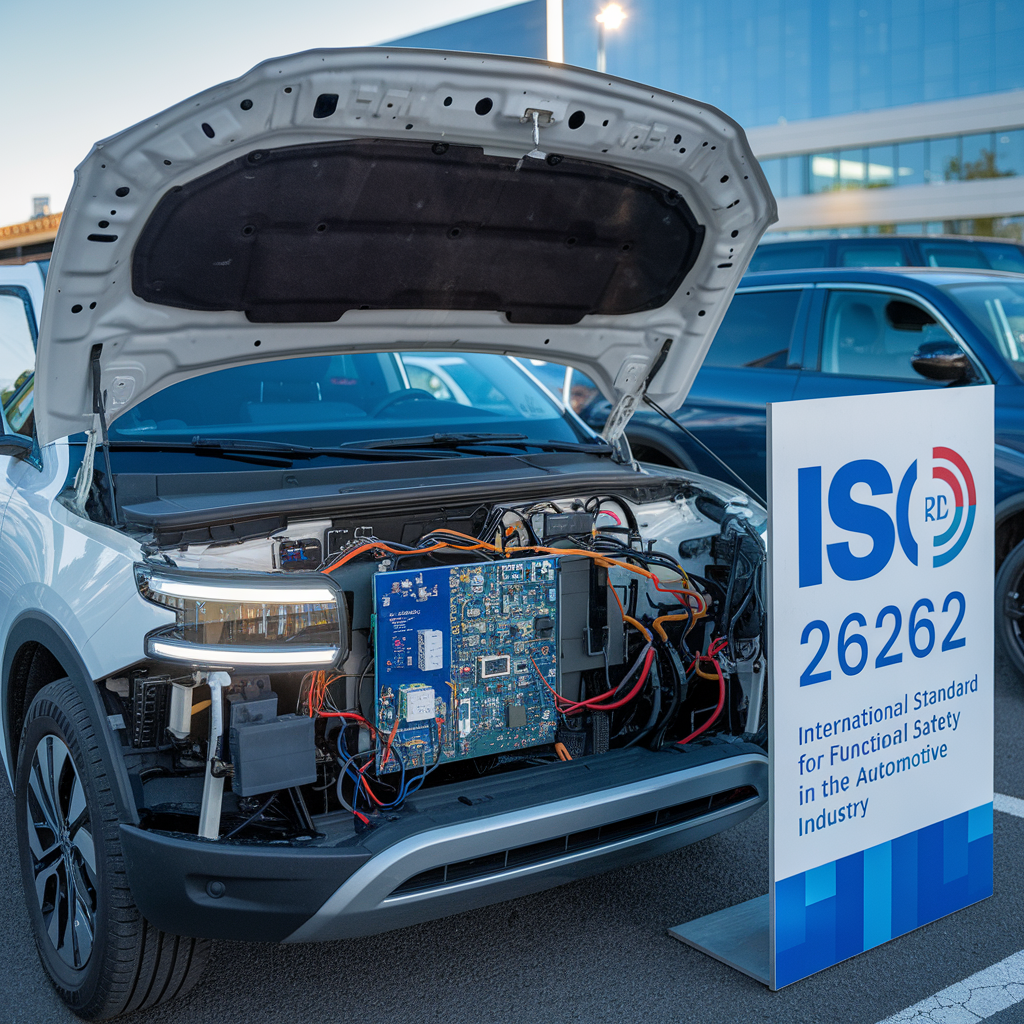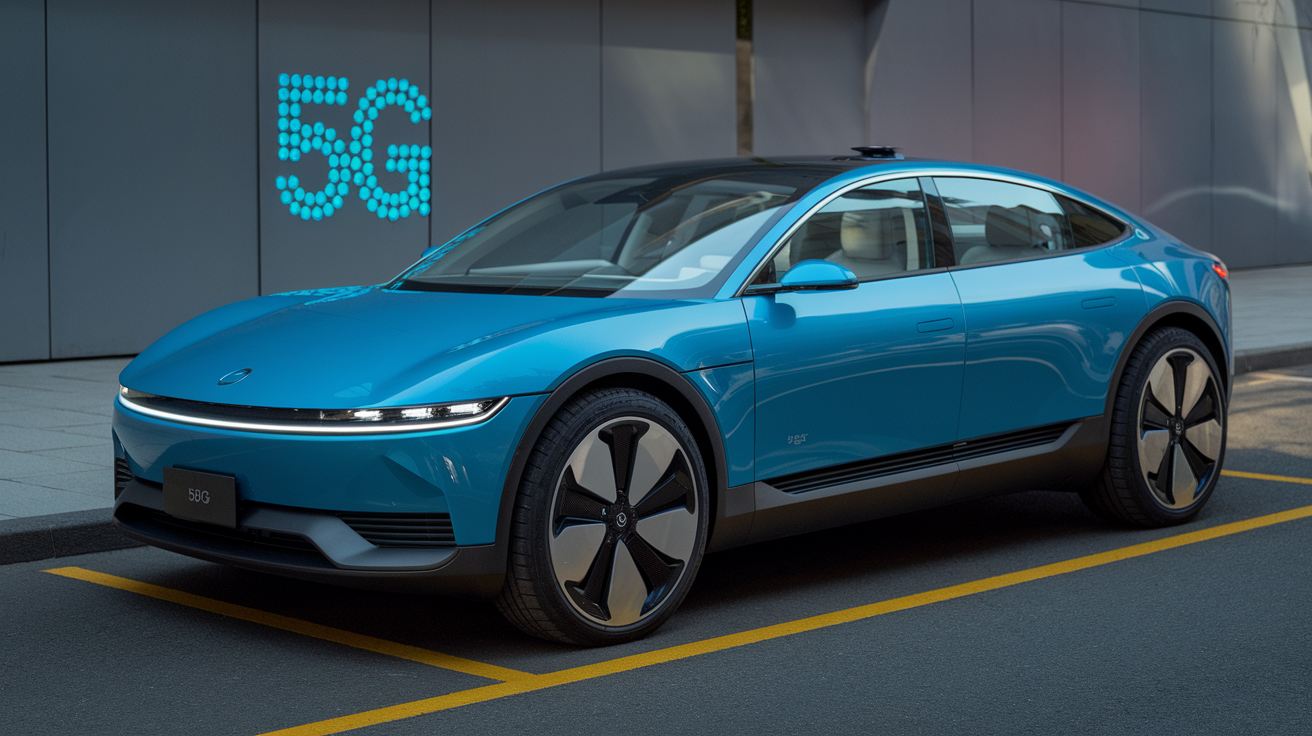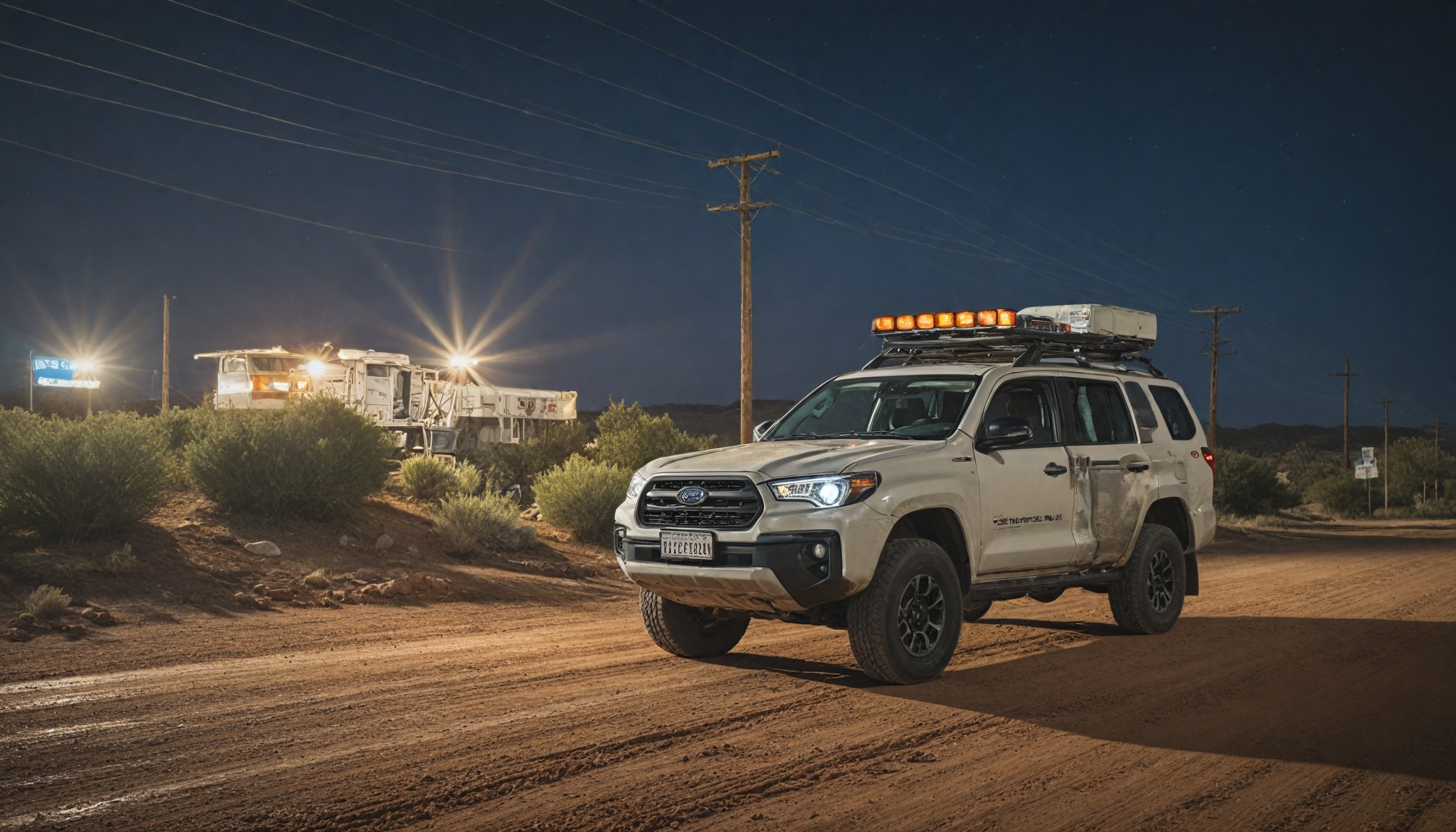
Satellite connectivity extends vehicle communication beyond cellular networks, enabling seamless data exchange in remote areas to support autonomous driving and emergency services globally.

Drivetech Partners
Satellite connectivity is revolutionizing the connected vehicle ecosystem by extending connectivity beyond traditional cellular networks, enabling seamless communication in even the most remote areas. As vehicles become more sophisticated and reliant on continuous data exchange, satellite technology provides the critical infrastructure needed to support advanced features like autonomous driving, fleet management, and emergency services regardless of location.
Key Takeaways
The connected vehicle market is projected to reach USD 194.46 billion by 2032 with a CAGR of up to 17.35%
Satellite connectivity fills crucial coverage gaps where cellular networks cannot reach, enabling truly global V2X communications
Commercial fleets and emergency services are among the early adopters already demonstrating improved efficiency and response capabilities
Integration of satellite technology with 5G and IoT systems will enable more sophisticated automotive applications
Despite current cost barriers, ongoing advancements in satellite miniaturization and expanded constellations will drive wider adoption
The Future of Connected Vehicles: Market Growth and Predictions
The connected vehicle market is experiencing dramatic growth across all segments. Industry projections indicate this market will reach between USD 194.27-194.46 billion by 2030-2032, expanding at a compound annual growth rate of 12.6% to 17.35% from 2025 onward. The connected cars segment specifically shows impressive momentum, expected to grow from USD 12.4 billion in 2024 to USD 26.4 billion by 2030.
Passenger vehicles are driving a substantial portion of this growth, with estimates suggesting they'll contribute over 55% of market share by 2025. This dominance reflects rising consumer demand for enhanced connectivity features and smarter transportation options. By 2025, the global landscape will include more than 470 million connected vehicles, underscoring the rapid transformation happening in transportation.

Bridging the Coverage Gap: Satellite's Unique Advantages
Traditional cellular networks provide good connectivity in populated areas but falter in remote or rural locations. Satellite connectivity addresses this fundamental limitation, delivering truly ubiquitous coverage regardless of terrain or infrastructure. This capability ensures vehicles remain connected even on remote highways, in mountainous regions, or across oceans where cellular coverage is absent or unreliable.
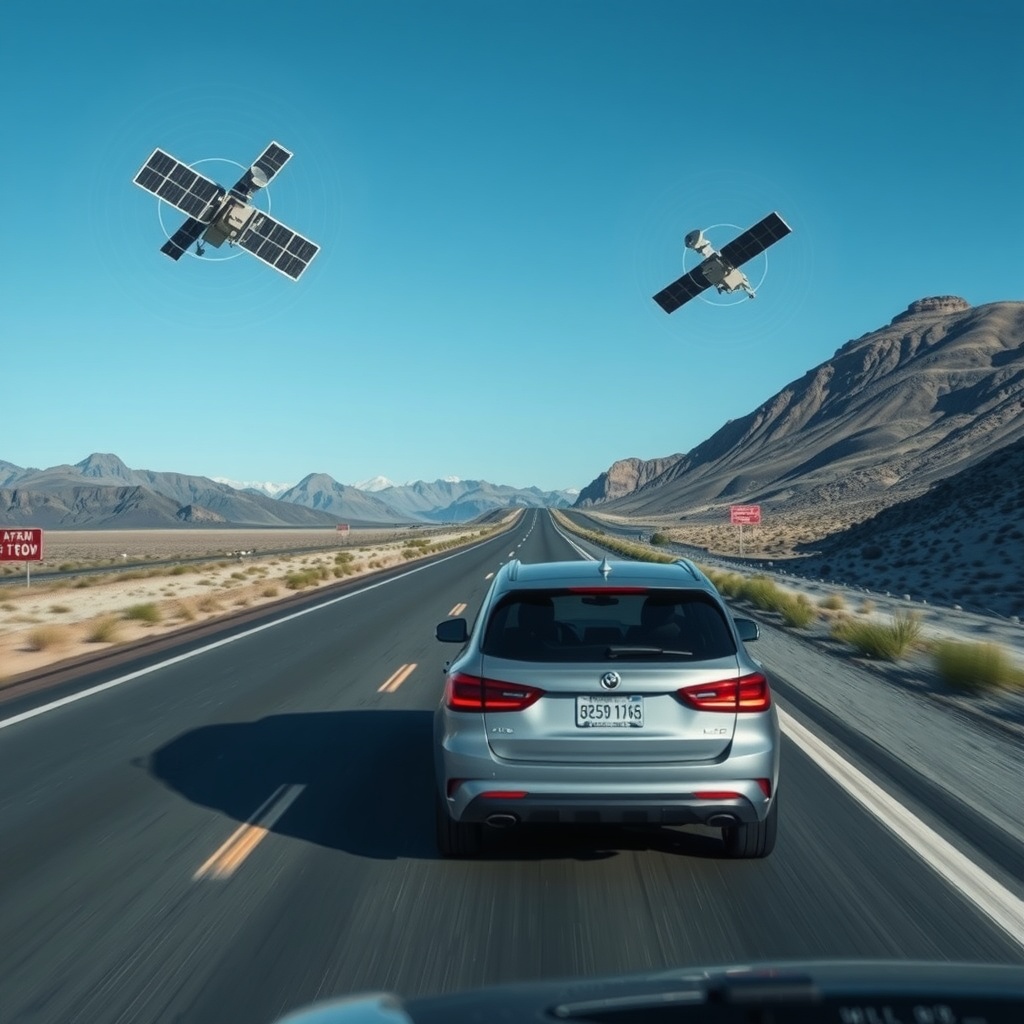
Satellite technology particularly excels in broadcast-heavy applications such as firmware updates, map downloads, and media streaming. The high bandwidth and simultaneous delivery to multiple vehicles make this an efficient channel for distributing large data packages across entire fleets or regions.
Beyond coverage benefits, satellite communications offer enhanced security compared to cellular networks. They require specialized equipment to intercept, making satellite-based vehicle communications less vulnerable to common hacking methods. Additionally, satellites typically have longer operational lifespans than cellular infrastructure, providing more stable connections with less frequent hardware upgrades.
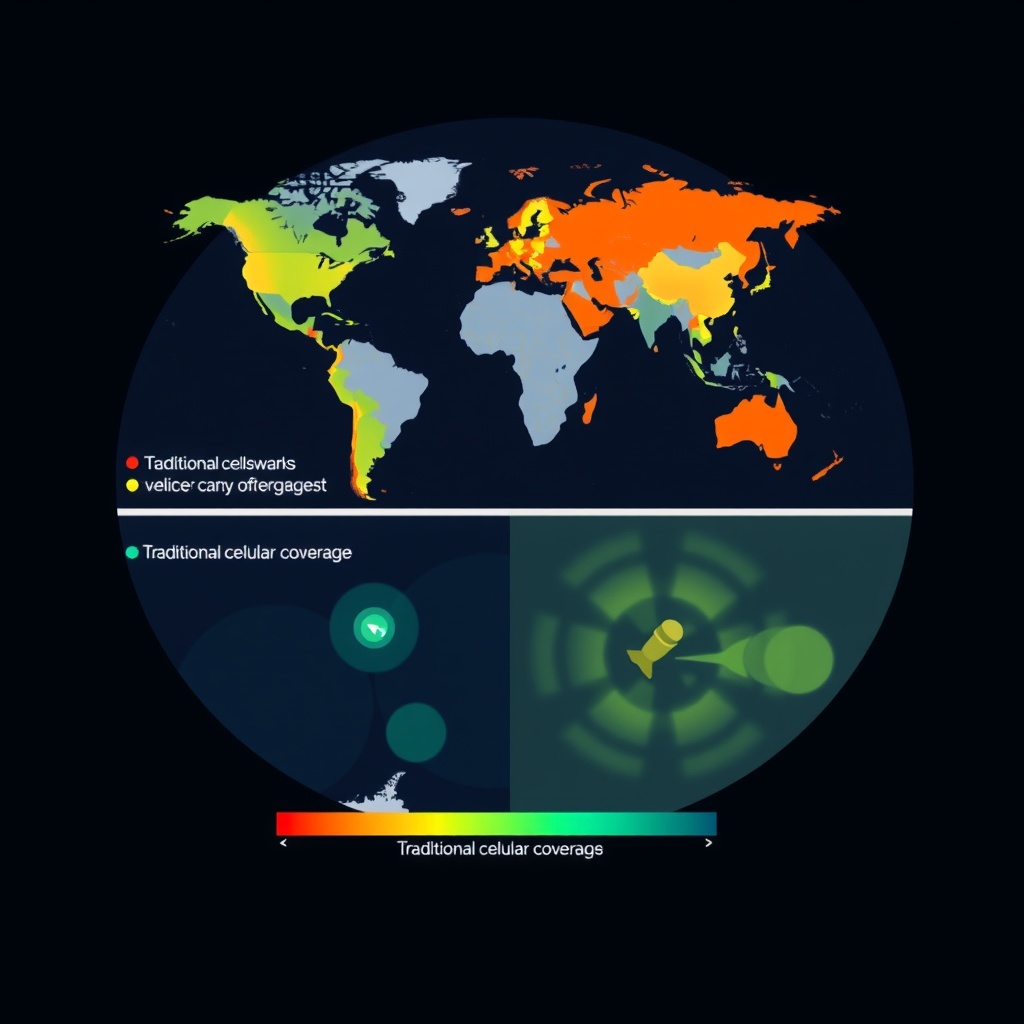
How Satellite-Powered Vehicles Transform Transportation
The integration of satellite connectivity into vehicles enables transformative applications across numerous transportation sectors. For commercial fleets, it provides seamless global management capabilities, allowing operators to track assets, monitor driver behavior, and optimize routes regardless of location. This global visibility translates to significant operational efficiencies and cost savings.
Emergency services benefit from always-on connectivity, ensuring first responders maintain critical communications during disasters when terrestrial networks might fail. For passenger vehicles, satellite connections enable on-the-go software updates, enhanced infotainment options, and real-time diagnostics that improve the ownership experience.
Perhaps most significantly, satellite connectivity provides essential support for advanced driver assistance systems (ADAS) and autonomous vehicle operations. These advanced systems rely on continuous data exchange to function properly, making uninterrupted connectivity a safety-critical requirement. Satellite communications help ensure these systems remain operational everywhere, bolstering road safety and enabling more sophisticated autonomous features.

Technology Convergence: Satellites, 5G, and IoT
The evolution from LTE to 5G networks, alongside satellite-powered IoT, is creating powerful technology synergies in connected vehicles. This convergence enables more sophisticated applications including seamless over-the-air updates, high-speed infotainment, and ultra-reliable communications essential for next-generation vehicles.
Major automakers are actively forming strategic partnerships with technology providers to advance this integration. Companies like Starlink, with their expanding constellation of Low Earth Orbit (LEO) satellites, are positioned to play a significant role in the connected vehicle ecosystem, offering global coverage with lower latency than traditional satellite systems.
This technology convergence represents more than just improved connectivity—it's enabling the transition to truly software-defined vehicles where features and capabilities can be continuously enhanced throughout the vehicle's lifetime, similar to how smartphones receive regular updates and improvements.
Environmental and Social Benefits
Beyond the direct benefits to vehicle operations, satellite-connected vehicles contribute to broader environmental and social improvements. By enabling optimized traffic flow and more efficient routing, these systems help reduce fuel consumption and associated emissions. Real-time traffic data and predictive analytics allow drivers to avoid congestion and choose more efficient routes.
This connectivity also supports smarter city infrastructure and initiatives. Connected vehicles can interact with traffic management systems, parking facilities, and public transportation networks to create more efficient urban environments. The result is reduced congestion, lower emissions, and improved quality of life in urban areas.
As autonomous vehicles become more prevalent, satellite connectivity will help ensure they operate safely and efficiently, further reducing accidents and improving the sustainability of transportation systems overall.
Overcoming Adoption Barriers
Despite its potential, several challenges need to be addressed before satellite connectivity becomes standard in vehicles. High costs and lack of industry-wide standardization remain significant barriers to mass adoption, particularly in consumer vehicles.
The integration of satellite terminals and antennas into vehicles presents technical challenges that require ongoing innovation. Current satellite hardware must become smaller, more affordable, and more energy-efficient to meet the price and performance demands of mass-market deployment.
Cybersecurity concerns also present adoption challenges. As vehicles become more connected, they face increased security risks. The development of improved encryption and secure communication protocols is essential to protect against potential threats and ensure user privacy and vehicle safety.
Real-World Applications and Success Stories
Despite these challenges, satellite connectivity is already making an impact in specific sectors. Commercial fleet operators are leveraging global connectivity to optimize logistics, reduce fuel consumption, and improve asset utilization across diverse geographic regions.
Emergency services are utilizing satellite communications for disaster response, ensuring coordination capabilities remain intact when traditional networks fail. This resilience is proving especially valuable during natural disasters and in remote accident scenarios.
Early adopters are demonstrating improved operational efficiency and safety outcomes, particularly in industries operating in challenging environments such as mining, forestry, and agriculture. These success stories provide valuable case studies for broader adoption across the transportation sector.
The Road Ahead: Future Developments and Opportunities
Looking forward, several key developments will shape the future of satellite connectivity in vehicles. Continuing advancements in hardware miniaturization will make satellite terminals smaller, more efficient, and easier to integrate into vehicle designs. Simultaneously, expanding satellite constellations will increase capacity and reduce costs, making the technology more accessible.
Hybrid connectivity solutions that seamlessly blend cellular and satellite networks represent a promising approach. These systems can utilize the most appropriate network based on availability, cost, and application requirements, ensuring optimal connectivity in all conditions.
New business models are also emerging for connected vehicle services, from subscription-based offerings to pay-per-use models that make satellite connectivity more financially viable for consumers and fleet operators alike. These innovations in both technology and business approaches will help accelerate adoption and unlock the full potential of satellite-connected vehicles.
Sources: marketsandmarkets.com/Market-Reports/connected-car-market-102580117.html, coherentmarketinsights.com/industry-reports/connected-vehicles-market, satelliteworldtoday.com/the-impact-of-satellite-connected-vehicles-on-heavy-industries-part-2/, interactive.satellitetoday.com/connectivity-challenges-the-car-a-satellite-solution/, mordorintelligence.com/industry-reports/connected-vehicle-market, analysysmason.com/research/content/reports/connected-vehicles-satellite-nsi042/, market.us/report/connected-car-market/

